Brief History
Córas Iompair Éireann (CIÉ), was founded on 1st January 1945 under the Transport Act 1944. It united the Great Southern Railways (GSR) and the Dublin United Tramway Company (DUTC). The GSR operated rail, bus and lorry services. It had come into existence in 1925 when all the railway companies lying wholly within the Free State were amalgamated into one concern. Under the Transport Acts of 1932 and 1933 the GSR was given the right to compulsorily acquire its road competition. It’s most notable acquisition was the Irish Omnibus Company - the ancestor of Bus Éireann.
The DUTC was established in 1896 and rapidly established a network of electric tram services throughout the capital city. From the early thirties it built up a network of bus routes which gradually displaced the tram services. To this day most Bus Átha Cliath routes between 1 and 30 are former tram routes. CIÉ ran Dublin trams until 1949, when the last trams were replaced by buses. The DUTC became the Dublin City Services sector of CIE and its route network expanded with the city.
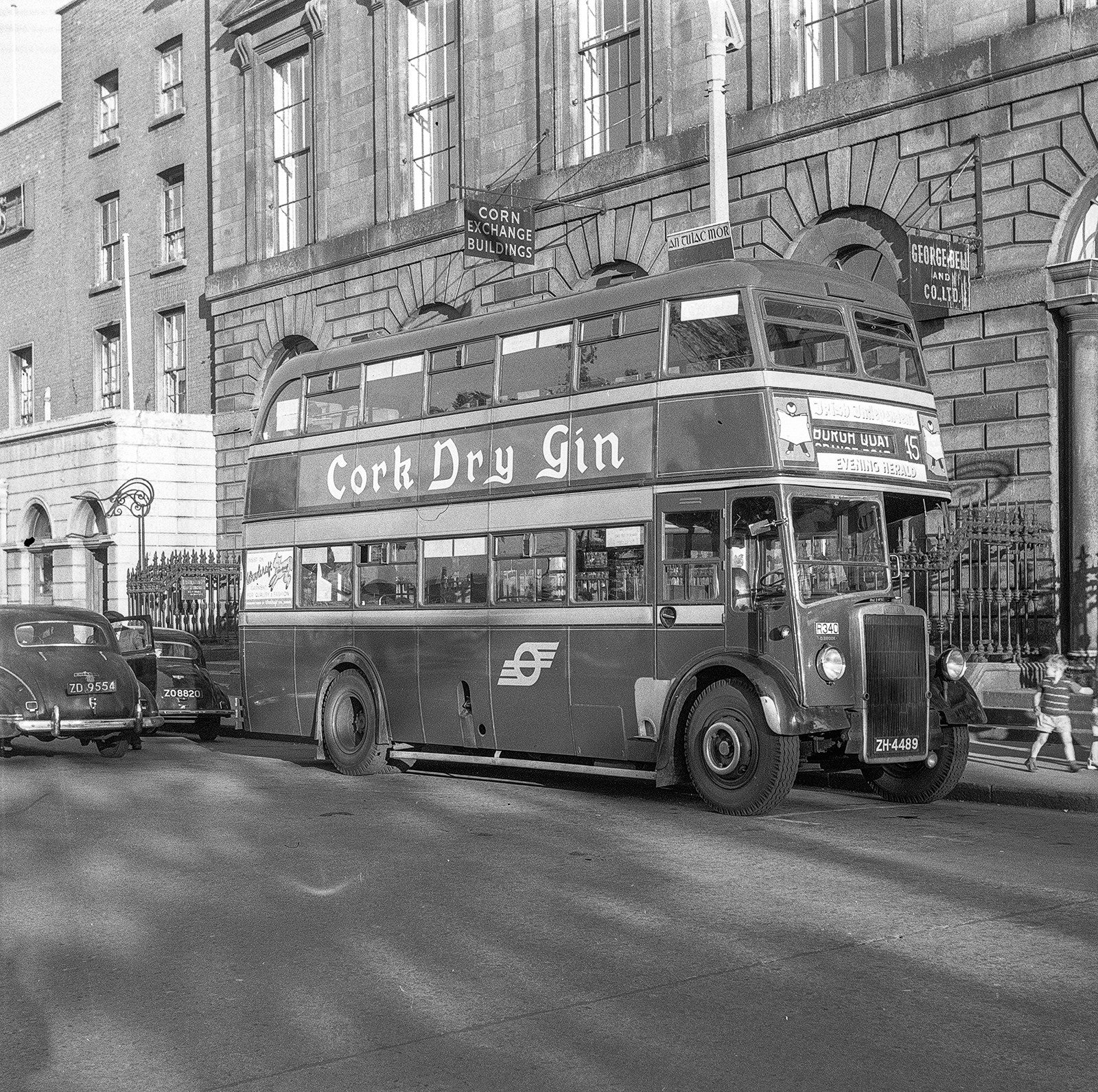 CIÉ city-bus R340 at Burgh Quay, Dublin, working route 34 during August 1960. Photo: Patrick J Flanagan – Irish Railway Record Society.
CIÉ city-bus R340 at Burgh Quay, Dublin, working route 34 during August 1960. Photo: Patrick J Flanagan – Irish Railway Record Society.
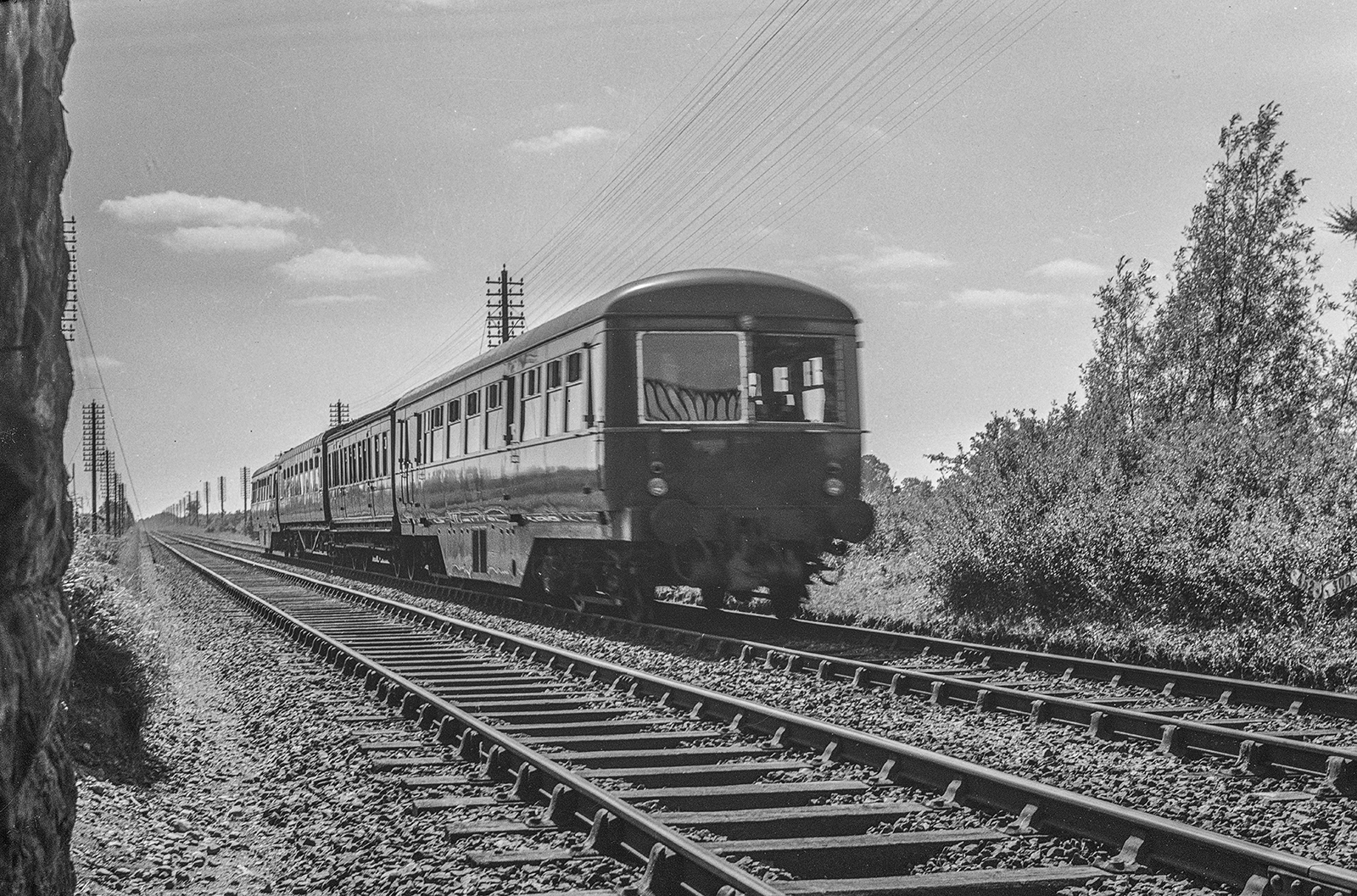 New CIÉ diesel-railcar train on the 13:10 service from Waterford at Reeves Bridge, Kildare, July 1953. Photo: Patrick J Flanagan – Irish Railway Record Society.
New CIÉ diesel-railcar train on the 13:10 service from Waterford at Reeves Bridge, Kildare, July 1953. Photo: Patrick J Flanagan – Irish Railway Record Society.
CIÉ commenced operations on 1st January 1945 as private company with shares traded on the Dublin stock exchange
.
The Transport Act 1950 transformed CIÉ into a semi state body, and in the process absorbed the Grand Canal Company.
In 1958 CIÉ absorbed the road and rail services of the Great Northern Railway, which lay within the republic. This company had previously operated as a cross border body jointly managed by the two governments.
The fifties and sixties witnessed a mixture of modernisation and downsizing.
The railway replaced steam locomotives with diesel locomotives, being one of the first companies in Europe to do so. The bus fleet was modernised. Some railway lines were closed and replaced with CIÉ bus and lorry services.
Ancillary Businesses
Rosslare Europort
Rosslare Harbour, now known as Rosslare Europort, was opened in August 1906 as a state of the art port for passengers and livestock. It is the nearest Irish port to the European mainland, but was built as part of a through route from Cork to London. The port is owned by the Fishguard and Rosslare Railways and Harbours Company, a joint venture between Iarnród Éireann and Stena Lines.
Rosslare was one of Ireland’s first car ferry ports. Initially the cars were lifted by cranes out of the ships’ holds, placed on railway flat wagons and hauled to the mainland where their drivers picked them up. The first roll on roll off (Ro/Ro) facility was installed in the mid-sixties, but it only catered for cars. Normandy Ferries introduced the first ferry link between Ireland and the European mainland in 1968. Since then the port has expanded rapidly, and with three Ro/Ro berths it is Ireland’s second busiest port after Dublin.
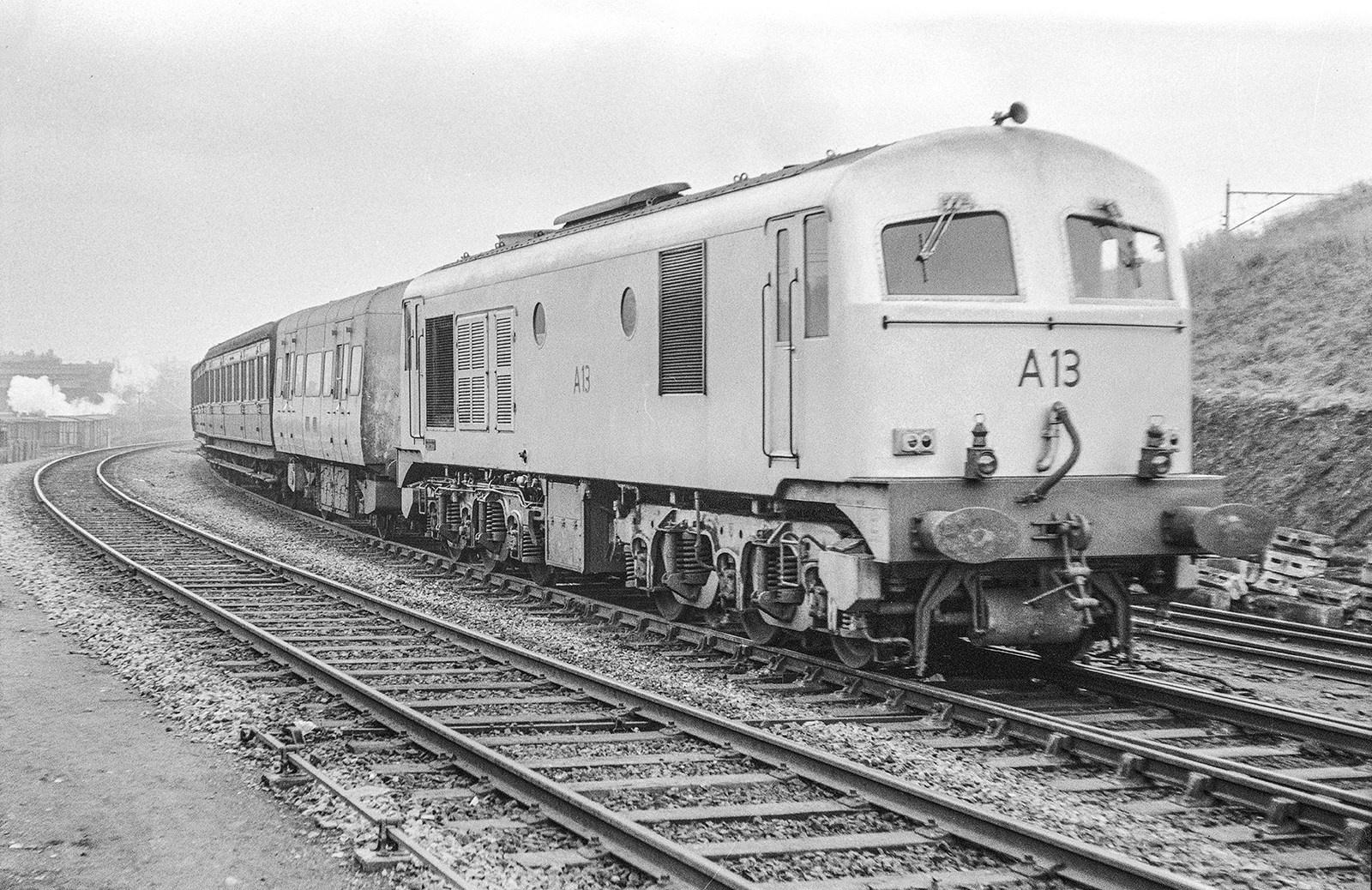 New CIÉ Metrovick diesel locomotive A13 departing Kingsbridge, Dublin, with a Cork express, November 1955. Photo: David Murray – Irish Railway Record Society.
New CIÉ Metrovick diesel locomotive A13 departing Kingsbridge, Dublin, with a Cork express, November 1955. Photo: David Murray – Irish Railway Record Society.
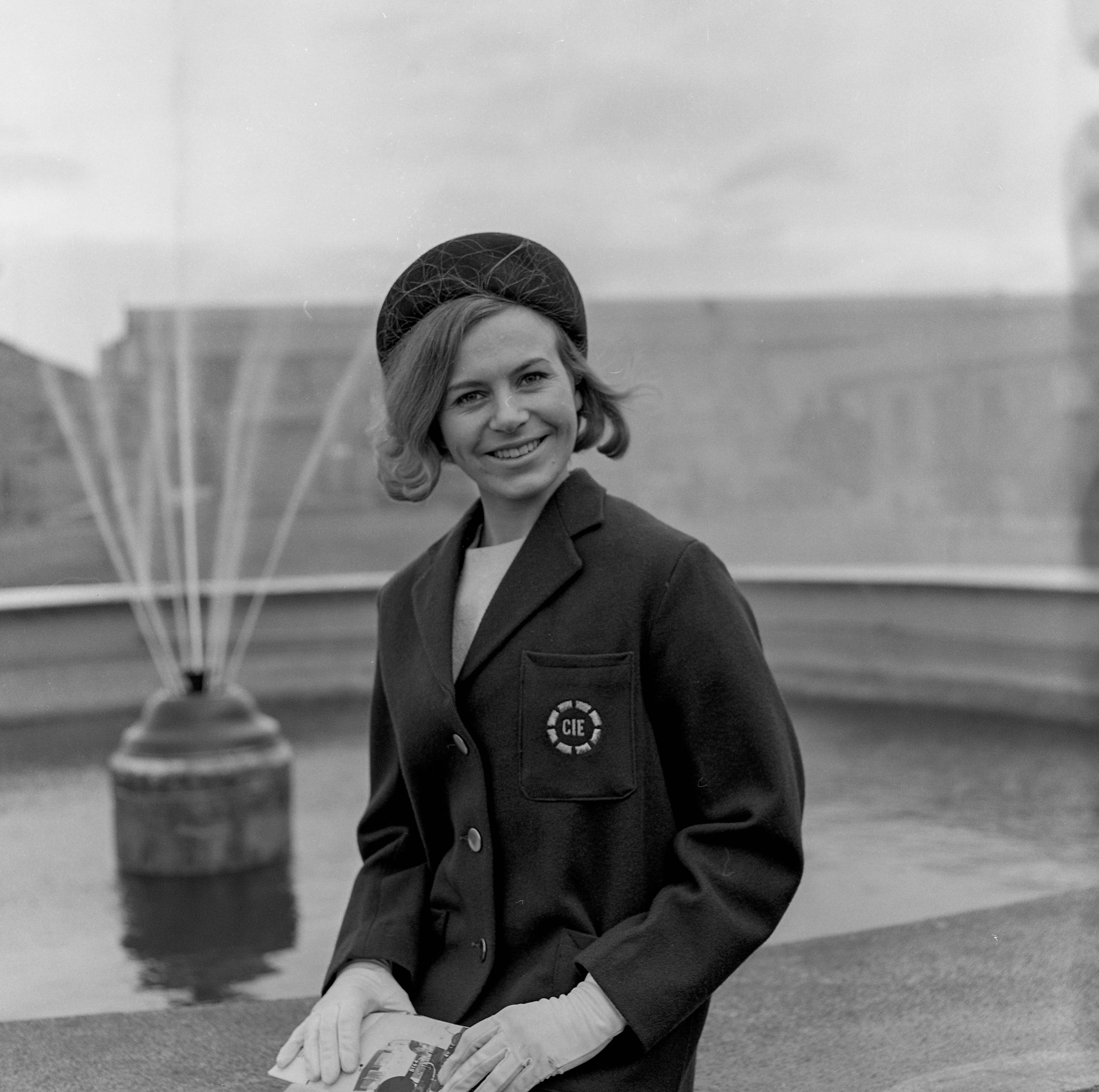 CIÉ 1969 Inchicore Tour guide
CIÉ 1969 Inchicore Tour guide
CIÉ Tours
The GSR established a tours department in 1932. This was done to facilitate the influx of tourists for the Eucharistic Congress of that year. These tourists would have travelled by rail and by steamer – as passenger ferries were then known. The acquisition of the Irish Omnibus Company in 1934 allowed the GSR to enter the coach tour market, where ‘the journey was part of the holiday’.
Just as the railways had moulded the development of the nineteenth century tourism industry with their network of hotels, the tours department of CIÉ pioneered the twentieth century development of the all in coach tour, using the flexibility of coach travel to deliver tourists directly to beauty spots and also to their hotels. This department really came into its own after World War II, when transatlantic air travel opened up the American market. The tours department later became CIE Tours and opened an office in New York in the 1960s. Today it operates out of New Jersey and is a premium brand in North America.
CIÉ also operated a number of businesses, in which it is no longer involved:
Road Freight: this business had its origins in private lorry businesses which were acquired by the railway under the terms of the 1932 and 1933 Transport Acts. The business contracted after road haulage was deregulated in the seventies and ceased in the early nineties. Iarnród Éireann continues to operate a contract road freight business, known as Navigator Freight.
Canals: the Royal Canal was owned by the railway company since 1847. Commercial traffic barely survived into CIÉ ownership, ceasing about 1945. The Grand Canal Company was taken over by CIÉ under the 1950 Transport Act. Commercial barge traffic to places like Waterford and Limerick ceased in 1959. The canals were transferred to the Office of Public Works in 1986.
Hotels: Railway Hotels were developed from the mid 1850s onwards and laid the foundations of our tourist industry. They were located in Rosslare, Killarney, Sligo, Galway, Parknasilla, Mulranny and Bundoran. The hotels were operated by a subsidiary OIÉ (Óstlanna Iompair Éireann) and were transferred to the ownership of Aer Rianta the state airport authority in 1990. The hotels were subsequently sold to different private interests.
Ferries: A government subsidised ferry service operated from Galway Docks to the three Aran islands until from the late 1970s. The original operator was the Galway Bay steamship company who operated the famous (or notorious) Dún Aengus and latterly the Naomh Éanna. The state took ownership of the vessels in 1946 and designated CIÉ the operator. This service was replaced by fast ferry services from Ros a Mhíl and Doolin in 1988.
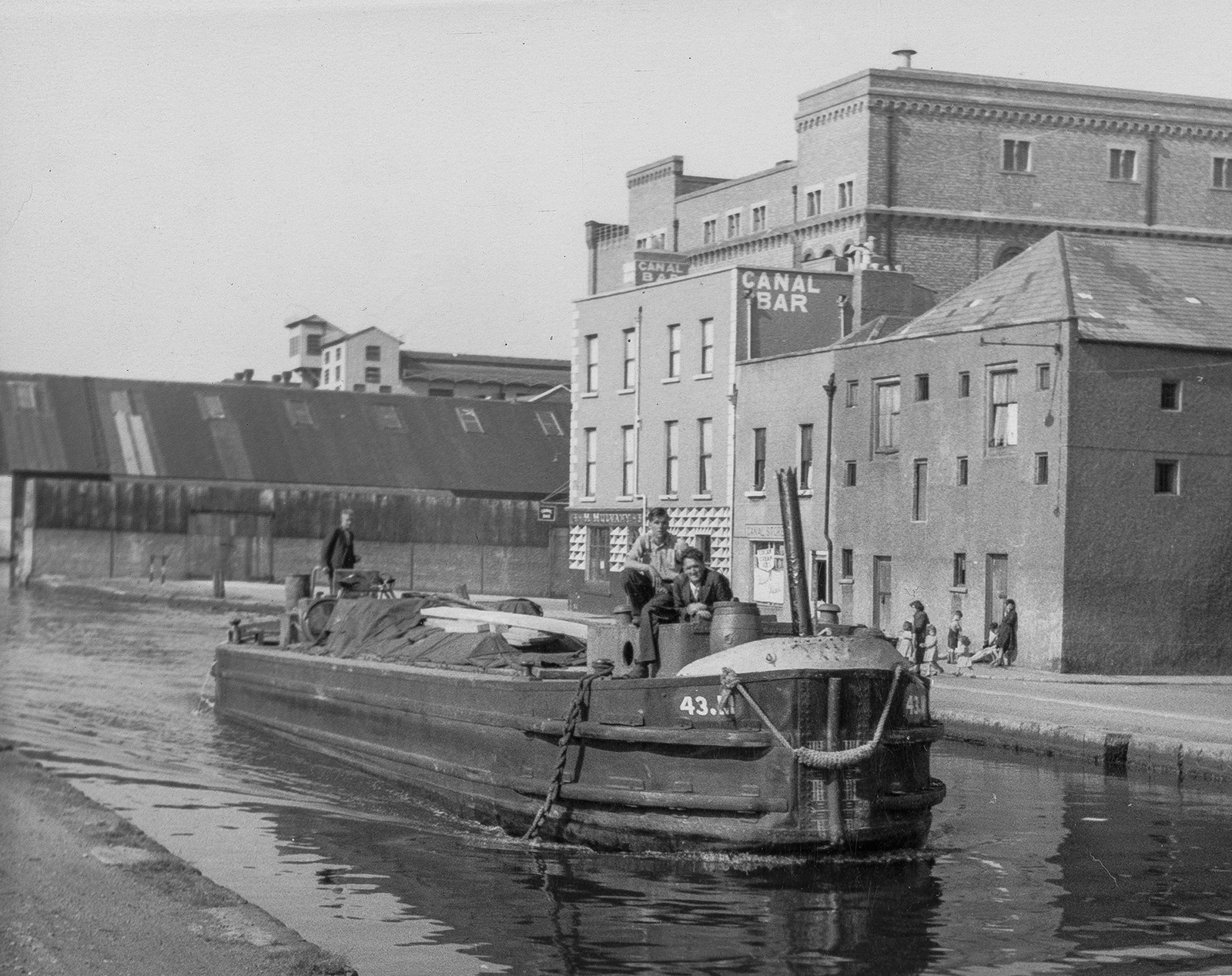 CIÉ canal barge 43M departing Grand Canal Harbour, Dublin, prior to the cessation of commercial canal traffic in April 1955. Photo: Robert Shorthall – Irish Railway Record Society.
CIÉ canal barge 43M departing Grand Canal Harbour, Dublin, prior to the cessation of commercial canal traffic in April 1955. Photo: Robert Shorthall – Irish Railway Record Society.

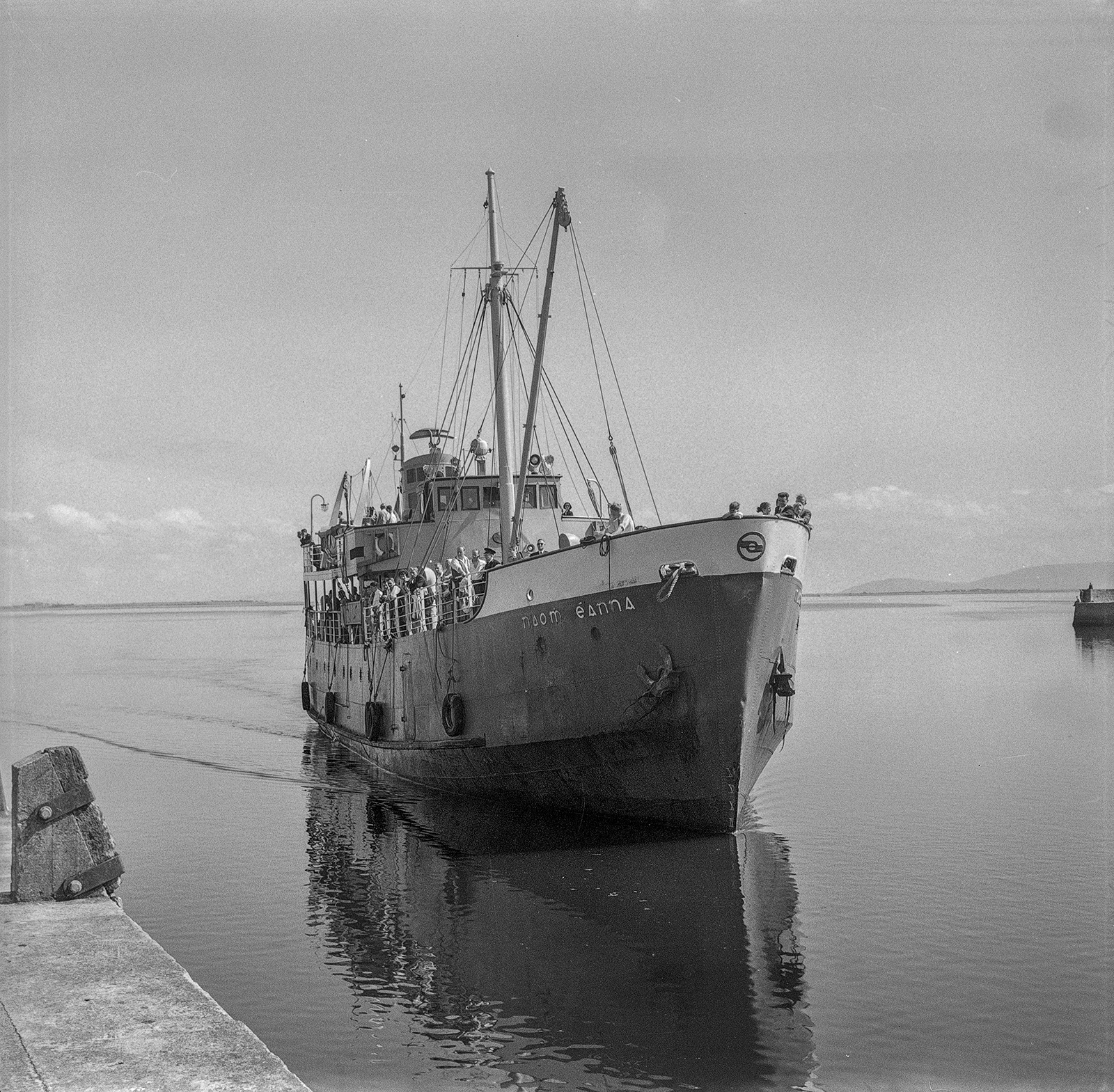 CIÉ ship ‘Naomh Éanna’ arriving at Galway on the Aran Islands ferry route, June 1960. Photo: Patrick J Flanagan – Irish Railway Record Society.
CIÉ ship ‘Naomh Éanna’ arriving at Galway on the Aran Islands ferry route, June 1960. Photo: Patrick J Flanagan – Irish Railway Record Society.